#DMTBeautySpot #beauty
This is the second in our series looking at style aspects of shirts.
As with the previous one – on shirt collars – it will focus on sensible advice, rather than illustrating the myriad gimmicks with which menswear seems to be particularly plagued.
There is one really fundamental choice when you’re picking the cuff for a shirt: single or double.
The double cuff
The double, or French cuff was very fashionable 12 years ago, when this website started. It was rare to even see a single cuff in the City for many years. But then, it was also the era of Mad Men and tie clips, so perhaps that was at the root.
Today, double cuffs are rarer, both because the fashion has faded and because they are more formal than a single cuff.
A double cuff is formal because it folds over, hiding the seam at its end. As with black tie trousers, hiding a seam makes things smoother, and is therefore seen as more formal.
That’s great with a suit, or even a smart jacket, but it looks out of place with a woollen blazer or knitwear. That Mad Men era also saw a lot of men wearing the same double-cuffed shirts to the office on a Friday, with chinos. If the smart material or spread collar didn’t tell you this was a mismatched shirt, the cuffs and cufflinks certainly did.
The thing is, single cuffs also look fine with most suits, so they are much more versatile – from worsted to woollen to weekend. It’s understandable that they are becoming much more prevalent, even if dress codes weren’t also tending towards casual.
I’d still encourage readers to have a double-cuffed shirt or two in the wardrobe though. It’s a nice change, and a nice excuse to wear cufflinks – which are, after a watch and a wedding ring, probably still the only universal way for a man to wear jewellery.
Styles of double cuff
There are a few different types of double cuff, principally depending on whether the corners are rounded, angled, or square (see above).
As with much in this area, there’s no real harm in the first two options, but also not much to say on their behalf. If you like them and want to wear them, fine.
But if you start showing them off, or describe them as your ‘style signature’, then you’re focusing on the wrong things. Get into the subtleties of fit or cloth instead.
I’d say the same thing about the cocktail cuff, confusingly referred to as both the Milanese and Neapolitan cuff by some sites.
This is a folded-back cuff that leaves a triangular gap, allowing it to be fastened by buttons instead of a cufflink. I think the best you could say about it is that it’s nifty. At worst it’s a gimmick. Certainly, the fact that James Bond once wore it is not justification enough on its own. If it was, then sprayed-on suits from Tom Ford would be similarly legitimised.
The single cuff
With the single cuff, there are also some small style choices – though I’d suggest the fit choices are more important.
The style choices, as with a double cuff, include whether the protruding corners are rounded, angled or square. Here the rounded end is the default. There’s nothing wrong with the others if you like how they look.
You can also have one, two or even three buttons on the cuff. Here my feelings are stronger. You don’t need more than one button, so why have them? Yes, we don’t need buttons on jacket sleeves either, but they’re a redundancy that’s slowly fading. With multiple cuff buttons you are needlessly adding redundancy.
There may be a functional reason for some people to have multiple buttons. If there is, and I haven’t thought of it, forgive me. Otherwise just have one.
Personally, I quite like the Italian style which places the single button low on the cuff, and close to its edge (below). This is sometimes called an open cuff.
Being lower allows the cuff to open more easily and the wrist to move with more freedom. The smaller overlap created by having the button closer to the edge helps too.
Fit
The fit of a single cuff is trickier.
There is a functional advantage to having it fitted close to the wrist: the sleeve can have some excess length, without the cuff ever slipping further down the hand. And it’s less likely to get pulled back when the arm is extended. Basically, it stays where it’s meant to be.
The disadvantage of this is that you can’t fit a watch underneath. The same goes for the conical style of cuff, where it tapers noticeably towards the hand. It’s one reason Gianni Agnelli took to wearing his watch over the top of his cuff.
(Not something I recommend, personally. Here Tom Ford puts it well: “I think ‘You poor thing’ if I see someone doing that. I did it in the late Seventies, but everyone did. Everyone who was affected and pretentious – as I was in that period of my life – would wear their Cartier Tank watches on top of their shirts because Agnelli did.”)
However, I find it’s possible to sacrifice little in terms of cuff performance, and fit a slim watch underneath. It’s something worth talking to your shirtmaker about – to get the right balance – but it’s not that hard.
Of course, it’s trickier if you wear a big, chunky sports watch with your dress shirts. But thankfully that’s one more trend that seems to be fading away.
Another option is to have one cuff larger than the other, so it can accommodate the watch while the other doesn’t have to. I used to do that, but found it irritating that the two functioned slightly differently. Particularly if for some reason I weren’t wearing a watch one day.
Of my watches, the only one that can be difficult to fit under a cuff is the IWC Portuguese. For those that will ask, by the way, my wrists are skinny at 15cm in circumference, and my shirt cuffs usually 20cm, so a good 5cm of clearance.
Double cuffs are much easier, with most watches usually fitting underneath. But then, being smarter, if anything the watch is likely to be smaller and sleeker too.
The novelties
There are a few other permutations of shirt cuffs.
There is the single cuff made to be fastened with a cufflink, rather like half of a French one (above). There is also the convertible cuff, which has a button that can be tucked inside, to allow you to use a cufflink instead if you wish.
And there are cuffs with tabs that stretch from one side to the other, to fasten with a button. Why, I don’t know.
All this criticism of unusual styles could sound boring – a suppression of expression. But it’s not intended to.
Rather, it’s meant to redirect men’s interest away from novelties and towards more fundamental things: the broad, deep richness of cloth, the fine, intricate work of fit.
People go for gimmicks because they are and easy. Understanding cloth, fit and drape is a lot harder, but in the end more rewarding.
DMTBeautySpot
via https://www.DMTBeautySpot.com
Simon Crompton, Khareem Sudlow
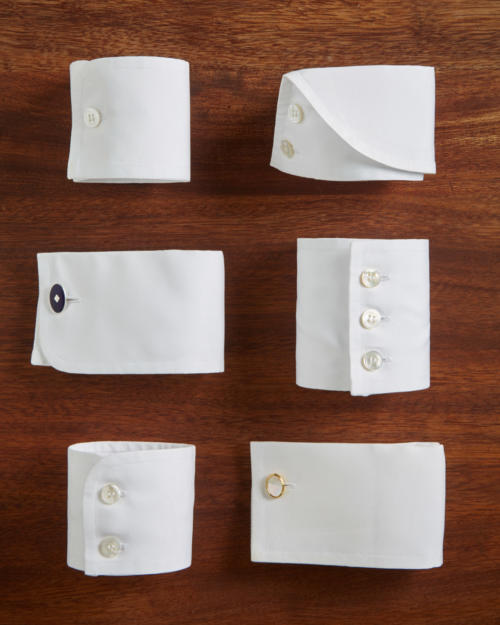
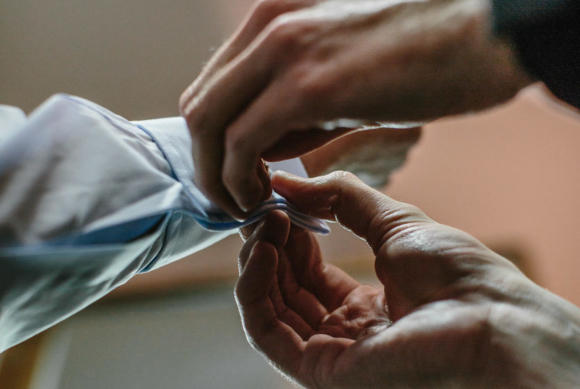
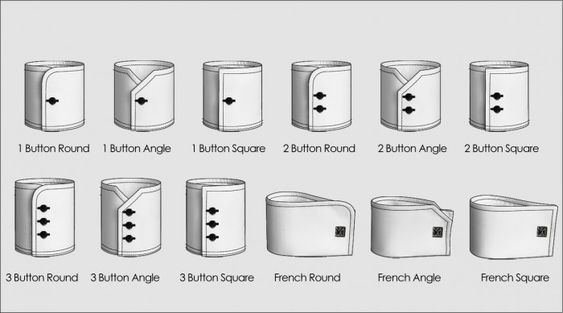
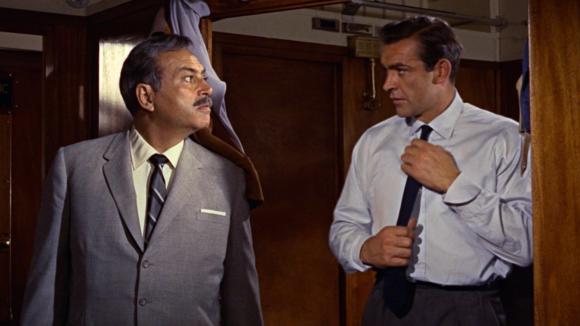
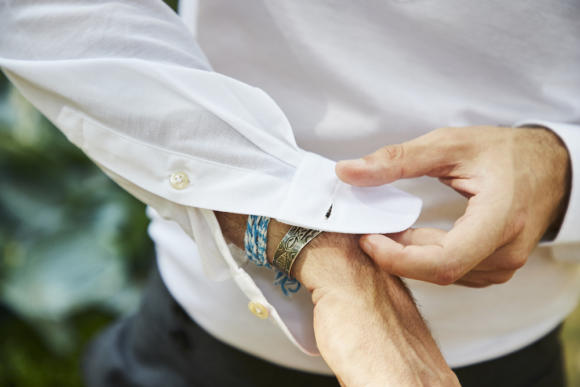
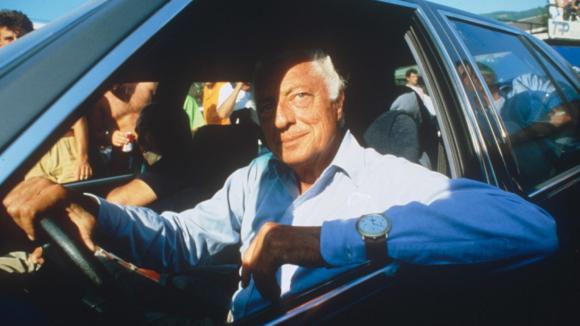
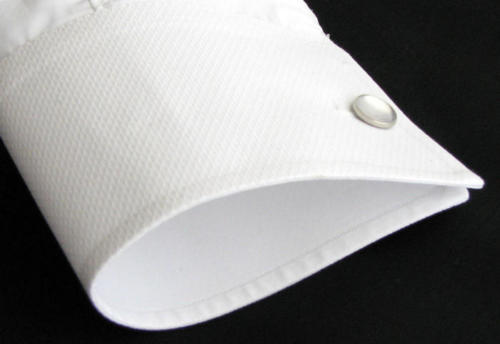
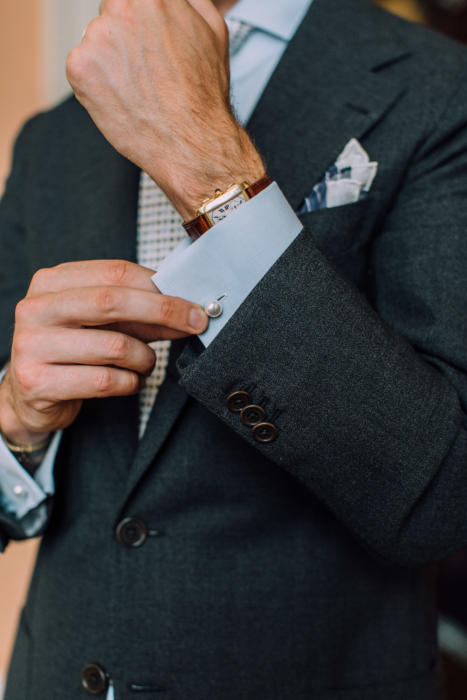

0 comments